Description
BACE Antibody | 2253 | Gentaur UK, US & Europe Distribution
Host: Rabbit
Reactivity: Human, Mouse
Homology: Predicted species reactivity based on immunogen sequence: Guinea pig: (94%) , Rat: (94%) , Bovine: (94%)
Immunogen: Anti-BACE antibody (2253) was raised against a peptide corresponding to 17 amino acids near the carboxy terminus of human BACE.
The immunogen is located within the last 50 amino acids of BACE.
Research Area: Neuroscience, Cancer
Tested Application: E, WB, ICC, IHC-P, IF
Application: WB: 1 μg/mL; IHC-P: 2.5 μg/mL; ICC: 10 μg/mL; IF: 20 μg/mL.
Antibody validated: Western Blot in human and mouse samples; Immunohistochemistry, Immunocytochemistry and Immunofluorescence in mouse samples. All other applications and species not yet tested.
Specificiy: N/A
Positive Control 1: Cat. No. 1303 - Human Brain Tissue Lysate
Positive Control 2: Cat. No. 1282 - 3T3/NIH Cell Lysate
Positive Control 3: N/A
Positive Control 4: N/A
Positive Control 5: N/A
Positive Control 6: N/A
Molecular Weight: Predicted: 55kD
Observed: 65kD (Post-modification: 4 N-linked glycosylation)
Validation:
Independent Antibody Validation in Cell lines (Figure 2) shows similar BACE expression profile in human cell lines detected by two independent anti-BACE antibodies that recognize different epitopes, 2253 against C-terminus domain and 32-238 against recombinant fragment protein. BACE proteins are detected in all the tested cell lines except K562 at different expression levels by the two independent antibodies.
KO validation (Figure 6, 9) : Anti-BACE antibody (2253) specificity was further verified by BACE KO mice (figure6) and KO cell line (figure9) . BACE signal was not detected in BACE KO mice and KO cell line.
KD validation (Figure 7, 8, 10) : Anti-BACE antibody (2253) specificity was verified by BACE specific siRNA knockdown. BACE signal in mouse brain injected with BACE siRNAs and DRG transfected with BACE siRNAs was disrupted in comparison with control.
Overexpression validation (Figure 6) : Anti-BACE antibody (2253) detected high expression levels of BACE in 293 cells transfected with hBACE or mBACE (figure6) as compared to eGFP transfected cells.
Isoform: Human BACE has 6 isoforms, including isoform A (501aa, 55.8kD) , isoform B (476aa, 52.9kD) , isoform C (457aa, 51.1kD) , isoform D (432aa, 48.2kD) , isoform 5 (401aa, 45kD) and isoform 6 (376aa, 42.2kD) . This antibody detects all human isoforms. Mouse BACE has only 1 isoform (501aa, 55.7kD) . Rat BACE has only one isoform identified so far (501aa, 55.8kD) .
Purification: BACE Antibody is Ion exchange chromatography purified.
Clonality: Polyclonal
Clone: N/A
Isotype: IgG
Conjugate: Unconjugated
Physical State: Liquid
Buffer: BACE Antibody is supplied in PBS containing 0.02% sodium azide.
Concentration: 1 mg/mL
Storage Condition: BACE antibody can be stored at 4˚C for three months and -20˚C, stable for up to one year. As with all antibodies care should be taken to avoid repeated freeze thaw cycles. Antibodies should not be exposed to prolonged high temperatures.
Alternate Name: BACE Antibody: ASP2, BACE, HSPC104, KIAA1149, Beta-secretase 1, Aspartyl protease 2, ASP2
User Note: Optimal dilutions for each application to be determined by the researcher.
BACKGROUND: BACE Antibody: Accumulation of the amyloid-beta (Abeta) plaque in the cerebral cortex is a critical event in the pathogenesis of Alzheimer's disease. Abeta peptide is generated by proteolytic cleavage of the beta-amyloid protein precursor (APP) at beta- and gamma-sites by two proteases. APP is first cleaved by beta-secretase, producing a soluble derivative of the protein and a membrane anchored 99-amino acid carboxy-terminal fragment (C99) . The C99 fragment serves as substrate for gamma-secretase to generate the 4 kDa amyloid-beta peptide, which is deposited in the brains of all suffers of Alzheimer's disease. The long-sought beta-secretase was recently identified by several groups independently and designated beta-site APP cleaving enzyme (BACE) and aspartyl protease 2 (Asp2) . BACE/Asp2 is a novel transmembrane aspartic protease and colocalizes with APP.

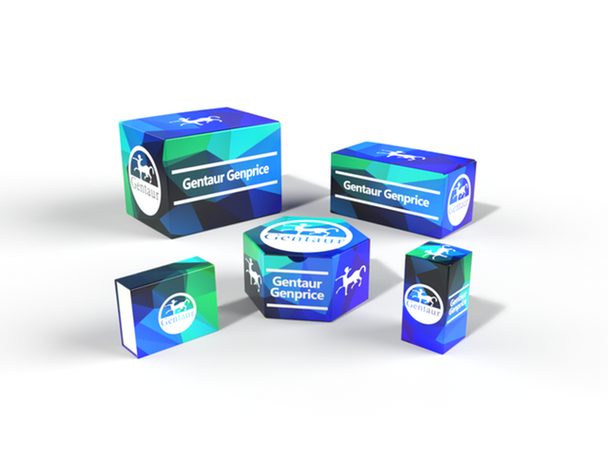
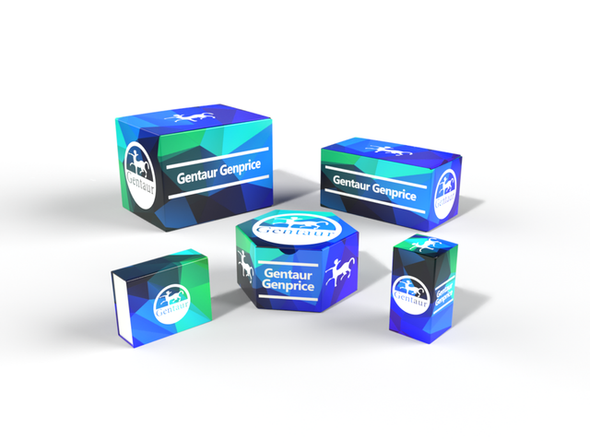
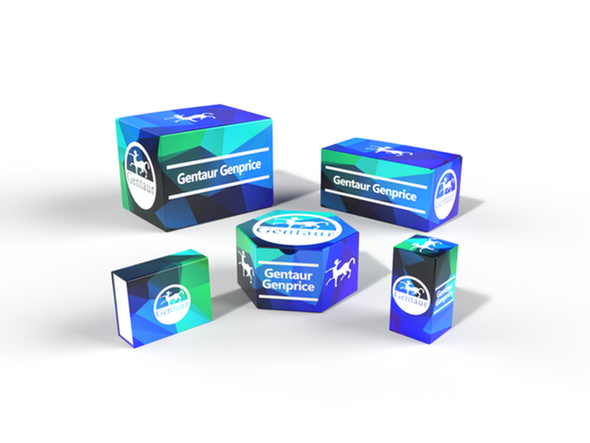
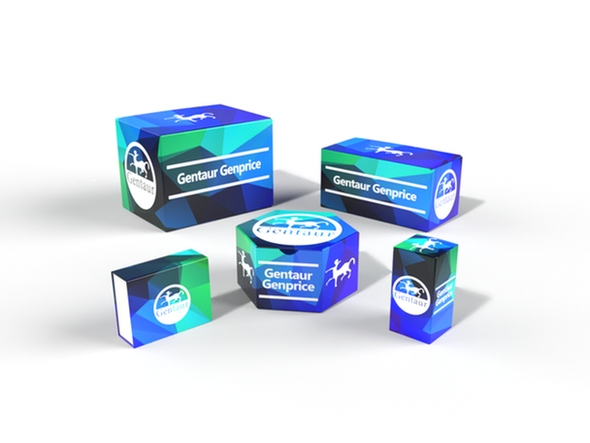

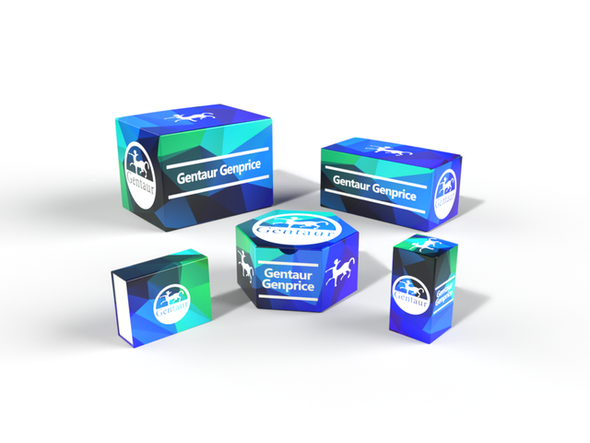

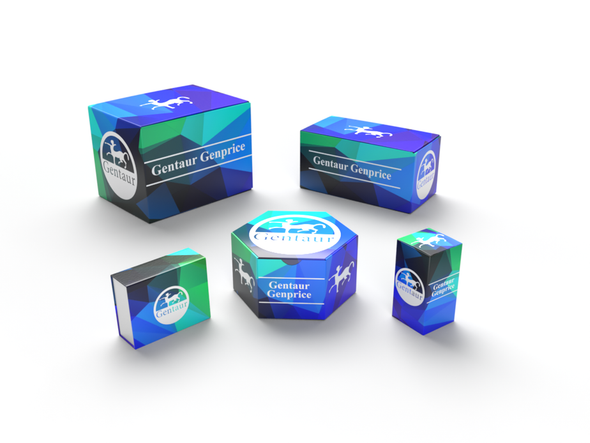
![BACE Antibody (S498) [APR32498G] BACE Antibody (S498) [APR32498G]](https://cdn11.bigcommerce.com/s-1rdwiq712m/images/stencil/590x590/products/63641/63945/gentaur-genprice__26005.1661610467__29809.1661628092__75433.1661676199__77988.1661684280__64362.1661692443__24003.1661867000.png?c=1)
